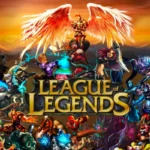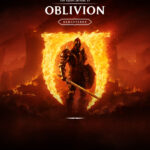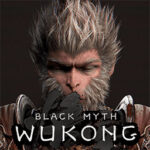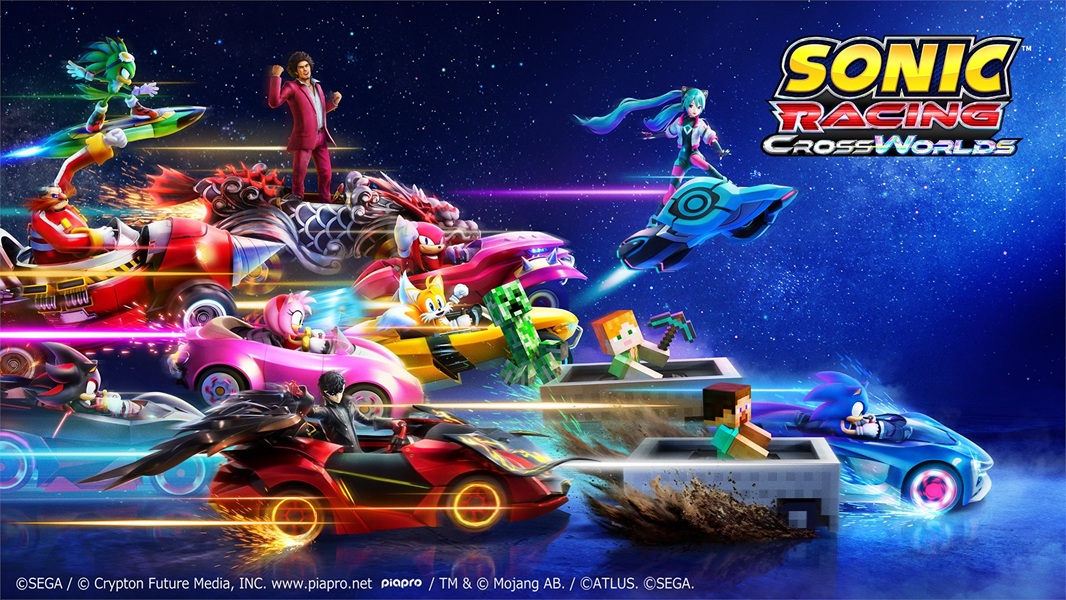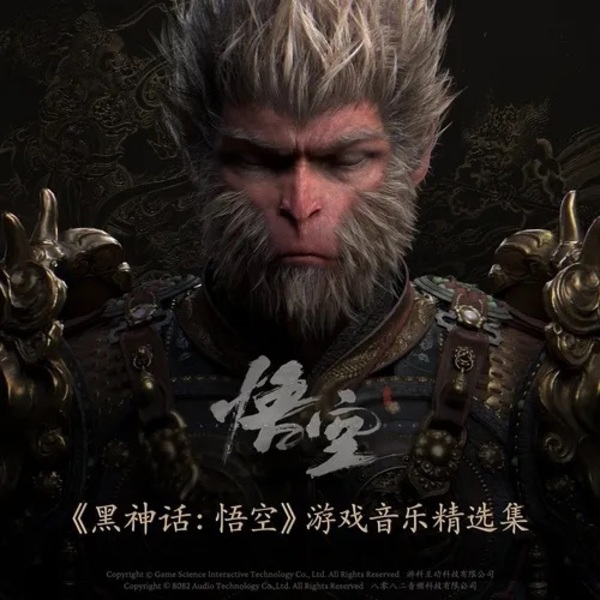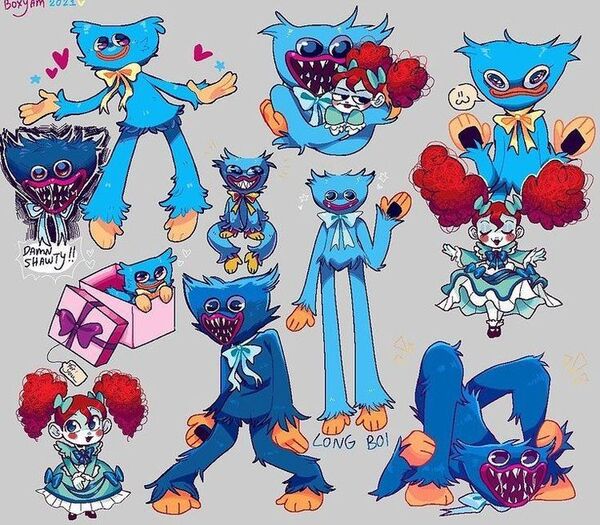The Legend of Zelda: Tears of the Kingdom, developed by Nintendo Entertainment Planning & Development and published by Nintendo, descended upon the Nintendo Switch on May 12, 2023. As the direct sequel to the groundbreaking
The Legend of Zelda: Breath of the Wild (2017), it carried the immense weight of expectation. Tasked with expanding upon an already revolutionary open-world formula,
Tears of the Kingdom not only met but, for many, surpassed its predecessor, redefining player freedom and creativity within an established and beloved universe. It’s an
action-adventure game that pushes the boundaries of emergent gameplay, inviting players to literally build their own solutions to Hyrule's myriad challenges.
From the very first reveal,
Tears of the Kingdom promised a continuation of Link's journey in a Hyrule that had been dramatically reshaped. What players discovered upon release was not merely an expanded map, but an entirely new dimension of verticality and player agency. By introducing a suite of innovative abilities that empower creation and manipulation, Nintendo transformed a familiar world into a boundless playground for imagination. This review will delve into how
Tears of the Kingdom builds upon its legacy, its groundbreaking mechanics, its captivating narrative, and why it stands as a colossal achievement in video game design.
Reaching for the Sky: Building on a Masterpiece
Following the universal acclaim and genre-defining impact of
Breath of the Wild, Nintendo faced the monumental challenge of creating a sequel that felt fresh and innovative without discarding the beloved foundations. The decision to directly follow
Breath of the Wild and use the same Hyrule map was a bold one, risking a sense of familiarity or "sameness." However,
Tears of the Kingdom ingeniously subverts this expectation by adding two entirely new layers to the world: the sprawling
Sky Islands floating above Hyrule, and the vast, ominous
Depths beneath it.
This multi-layered approach to the world design fundamentally alters the exploration experience. Returning to familiar landmarks in the Hyrule overworld now often presents new challenges or pathways to the heavens above or chasms below, making even well-trodden paths feel new. Nintendo's confidence in player ingenuity, nurtured by
Breath of the Wild, is even more pronounced here, as the game rarely holds your hand, instead offering tools and a sprawling world to experiment within.
The Divine Toolkit: Ultrahand, Fuse, Ascend, and Recall
The true genius of
Tears of the Kingdom lies in its revolutionary new set of abilities, which replace
Breath of the Wild's Sheikah Slate runes and form the bedrock of almost every puzzle, combat encounter, and traversal challenge. These powers empower unprecedented player creativity:
Ultrahand: The Art of Construction
Ultrahand is arguably the most impactful new ability. It allows Link to grab, move, and rotate almost any object in the environment, then fuse them together. This mechanic forms the basis for crafting elaborate contraptions, from simple rafts and vehicles to complex flying machines, battle mechs, and intricate puzzle solutions. The intuitive drag-and-drop interface makes building surprisingly accessible, yet its depth allows for truly astonishing engineering feats.
Fuse: Unleash Your Imagination
Fuse allows Link to combine almost any item with his weapons, shields, or arrows. This dramatically alters combat and utility. Attaching a rock to a sword creates a powerful blunt weapon; fusing a mushroom to an arrow creates a puff of smoke on impact; combining a monster horn with a spear creates a formidable, visually distinct weapon. This system constantly encourages experimentation, turning every looted item into a potential weapon upgrade or tactical tool, and creatively addressing
Breath of the Wild's weapon durability concerns by making fusion a core part of weapon management.
Ascend: Vertical Freedom
Ascend is a brilliant traversal ability that allows Link to phase through solid ceilings and emerge on the surface above. This transforms vertical exploration, enabling players to quickly escape caves, bypass cliffs, or scale structures by simply finding an overhead ceiling. It’s a seemingly simple mechanic that profoundly impacts how players navigate the world and approach challenges, turning what would typically be a dead end into a shortcut.
Recall: Manipulating Time
Recall allows Link to reverse the movement of a chosen object through time. This ability is a cornerstone of many puzzles and can also be used creatively in combat or traversal. For example, reversing the flow of a falling rock to ascend to a Sky Island, or sending an enemy's thrown projectile back at them, opens up countless possibilities for inventive solutions. Together, these abilities form a synergistic toolkit that encourages emergent gameplay, allowing players to approach problems with an unprecedented level of freedom and creativity, often leading to wildly diverse solutions for the same challenge.
A Three-Tiered Hyrule: Sky, Surface, and Depths
The world of Hyrule in
Tears of the Kingdom is not just a single open map; it's a meticulously crafted ecosystem across three distinct vertical layers. This expansion significantly deepens the sense of exploration and discovery.
The Sky Islands: A Heavenly Labyrinth
Above the familiar Hyrule, a fragmented archipelago of
Sky Islands floats, remnants of an ancient civilization known as the Zonai. These islands offer unique shrines, puzzles, and resources (especially Zonai Devices, which are integral to Ultrahand constructions). Navigating the sky requires inventive use of Link's new abilities, from building flying machines with fans and gliders to recalling fallen debris to ascend. The atmosphere here is often serene, yet the challenges are intricate, feeling like self-contained puzzle boxes floating amidst the clouds.
The Familiar Yet Transformed Surface: Hyrule Reimagined
The main
Hyrule overworld, while recognizable from
Breath of the Wild, has undergone significant changes due to the "Upheaval." New chasms leading to the Depths, floating debris from the Sky Islands, and ongoing reconstruction efforts in towns provide fresh points of interest. Familiar landmarks are often repurposed, and new environmental puzzles emerge, ensuring that exploring the surface remains engaging even for veterans of the previous game. The impact of the Upheaval, with its spreading Gloom and new enemy types, redefines interactions with the world.
The Ominous Depths: Hyrule's Underbelly
Beneath Hyrule lies the vast and dangerous
Depths, a sprawling, pitch-black underworld filled with powerful, Gloom-corrupted enemies. This oppressive layer stands in stark contrast to the bright surface and serene skies. Navigation here relies heavily on activating Lightroots (which illuminate sections of the map) and using Brightbloom Seeds to see. The Depths contain unique resources, powerful enemies, and serve as a crucial source of Zonai energy and valuable upgrade materials, offering a challenging yet rewarding exploration experience that demands careful preparation.
The Unraveling of History: Story and Lore of the Upheaval
The narrative of
Tears of the Kingdom begins shortly after
Breath of the Wild. Link and Princess Zelda are exploring ancient ruins beneath Hyrule Castle when they discover the mummified corpse of Ganondorf, the Demon King. His reawakening triggers a catastrophic event known as the "Upheaval," causing Hyrule Castle to levitate, chasms to open across the land, and the Sky Islands to fall. During this event, Zelda mysteriously vanishes, and Link's Master Sword is shattered, his right arm gravely injured, and replaced by a mystical arm belonging to an ancient being.
Link awakens on a Sky Island, guided by the spirit of Rauru, the first king of Hyrule and a member of the ancient Zonai civilization. Rauru bestows Link with his new arm and its powerful abilities. The main quest sees Link journeying across Hyrule and its new layers, seeking Princess Zelda and uncovering the mysteries of the Zonai, the "Imprisoning War" that sealed Ganondorf long ago, and the true nature of the Upheaval. The story is told through flashbacks (memories found across the world) and direct interactions with new and returning characters, delving deeper into Hyrule's ancient history and addressing many questions left by
Breath of the Wild.
Beyond the Main Quest: Shrines, Side Quests, and Koroks
Even after hundreds of hours,
Tears of the Kingdom continues to offer an almost inexhaustible amount of content.
- Shrines: Like its predecessor, Tears of the Kingdom features over 150 mini-dungeons called Shrines, each a self-contained puzzle or combat challenge. Completing Shrines rewards Link with "Light of Blessings," which can be exchanged for heart containers or stamina upgrades, essential for long-term progression. Many shrines creatively utilize the new Ultrahand, Fuse, Ascend, and Recall abilities, serving as ingenious tutorials for their applications.
- Side Quests (Side Adventures/Tales): The game is replete with hundreds of side quests, ranging from simple fetch quests to elaborate multi-part storylines. These often involve helping Hyrule's inhabitants rebuild, uncover local mysteries, or embark on unique adventures. Many side quests are wonderfully written, adding depth to the world and its characters, and often leading to valuable rewards or new discoveries.
- Koroks: The lovable Korok Seeds return, with 1,000 scattered across the vast world (including the Sky and Depths). Finding these hidden spirits often involves mini-puzzles or creative use of Link's abilities, rewarding players who thoroughly explore every nook and cranny. The sheer volume and variety of optional content ensure that exploration always feels rewarding, and players are constantly stumbling upon new discoveries.
A Symphony for Hyrule: Graphics, Sound, and Performance
Tears of the Kingdom leverages the Nintendo Switch hardware to its absolute fullest, delivering a visually stunning and audibly rich experience.
- Artistic Vision: While not pushing raw graphical fidelity like a PlayStation 5 title, Tears of the Kingdom's distinctive art style is timeless and beautiful. The game world is vibrant, detailed, and bursting with life, from the serene forests of Hyrule to the ethereal glow of the Sky Islands and the oppressive darkness of the Depths. The unique visual aesthetics of the Zonai structures and devices add a fresh layer to the familiar world.
- Orchestral Masterpiece: The soundtrack, composed by Manaka Kataoka and others, is nothing short of magnificent. It blends sweeping orchestral scores with subtle environmental cues, dynamic combat tracks, and nostalgic reprises of classic Zelda melodies. The music seamlessly adapts to the on-screen action, enhancing every moment of exploration, puzzle-solving, and intense battle.
- Immersive Sound Design: Every sound, from the clink of fused weapons to the hum of Zonai devices, the rustle of grass, and the distant roars of monsters, contributes to the game's immersive atmosphere. The sound design is crucial for gameplay, providing auditory cues that help in combat and exploration.
- Performance: On Nintendo Switch, Tears of the Kingdom generally runs very well, maintaining a stable frame rate for most of the experience. While there can be occasional dips in busy areas or during complex Ultrahand constructions, these are relatively minor given the ambition and scale of the open world. The game's incredible optimizations allow it to deliver such a vast and dynamic experience on the hardware.
Controls and User Experience: Intuitive Innovation
The control scheme in
Tears of the Kingdom builds upon
Breath of the Wild's excellent foundation while seamlessly integrating the new abilities.
- Familiarity and Fluidity: Basic movement, combat (swinging swords, firing bows), and interacting with the environment feel intuitive and responsive, immediately familiar to anyone who played the predecessor.
- New Ability Integration: The new Ultrahand, Fuse, Ascend, and Recall abilities are mapped to easily accessible buttons, and their usage becomes second nature surprisingly quickly. The radial menus for selecting weapons and abilities are efficient for quick swaps in the heat of battle.
- Motion Controls (Optional): The game offers optional motion controls for aiming bows and certain puzzles, providing an additional layer of precision for those who prefer it.
- User Interface: The UI is clean and functional, providing clear information without overwhelming the screen. The inventory management, while extensive, is well-organized, and the map system is robust, allowing for detailed planning and tracking of discoveries. The sheer creative freedom offered by the new abilities means the "user experience" often involves joyful experimentation and surprising discoveries.
A Single-Player Epic: Social Play Through Shared Creativity
The Legend of Zelda: Tears of the Kingdom is, at its core, a
single-player adventure. Link's journey to save Hyrule is a solitary one, allowing players to immerse themselves fully in the narrative and exploration without the distractions of multiplayer. This focused design ensures a cohesive and deeply personal experience.
However,
Tears of the Kingdom fostered a unique form of indirect social interaction. The creative tools of Ultrahand and Fuse sparked an unprecedented level of player creativity, leading to countless online shares of ingenious, hilarious, and often outlandish contraptions and puzzle solutions. While not a traditional multiplayer game, the shared experience of discovery and creation through community videos, forums, and social media made it feel like a collective adventure, where players inspired each other with their inventive uses of the game's mechanics.
The Verdict: A Testament to Unbridled Imagination
The Legend of Zelda: Tears of the Kingdom is a monumental achievement in game design. It takes the already revolutionary blueprint of
Breath of the Wild and elevates it to new, unimaginable heights through a suite of abilities that empower player creativity unlike anything seen before. The ability to build, fuse, ascend, and recall transforms Hyrule into an experimental playground where challenges have limitless solutions, and every discovery feels genuinely earned. The narrative delves deeper into the rich lore of Zelda, and the three distinct layers of Sky, Surface, and Depths ensure that exploration remains fresh and compelling for hundreds of hours. While it shares a familiar foundation with its predecessor,
Tears of the Kingdom manages to feel utterly new and endlessly inspiring. It's a game that respects player intelligence, rewards experimentation, and stands as a shining example of how to innovate within an already perfect formula


